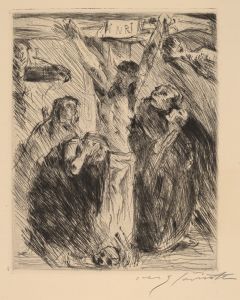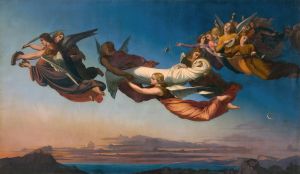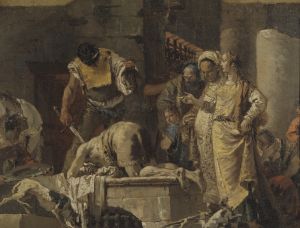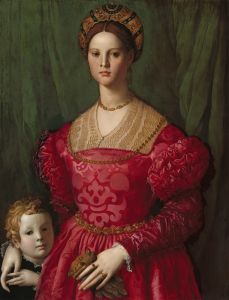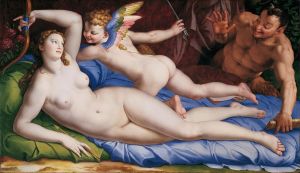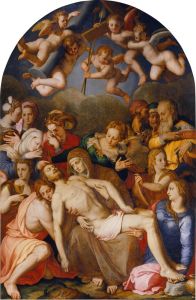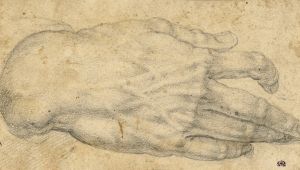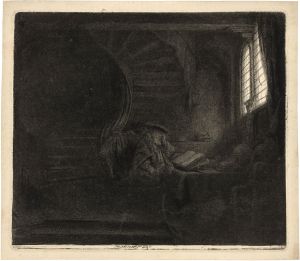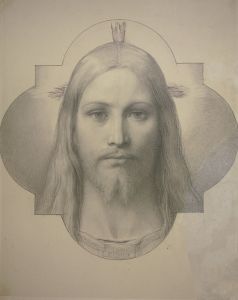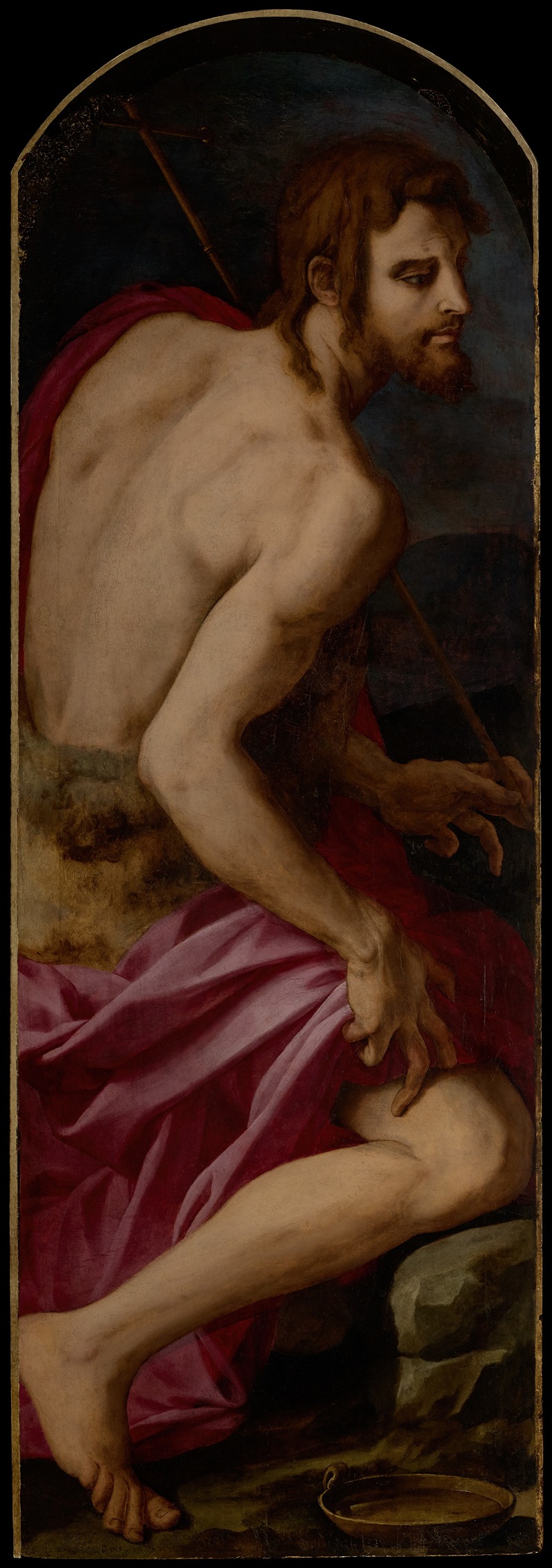
Saint John the Baptist
A hand-painted replica of Agnolo Bronzino’s masterpiece Saint John the Baptist, meticulously crafted by professional artists to capture the true essence of the original. Each piece is created with museum-quality canvas and rare mineral pigments, carefully painted by experienced artists with delicate brushstrokes and rich, layered colors to perfectly recreate the texture of the original artwork. Unlike machine-printed reproductions, this hand-painted version brings the painting to life, infused with the artist’s emotions and skill in every stroke. Whether for personal collection or home decoration, it instantly elevates the artistic atmosphere of any space.
Agnolo Bronzino's Saint John the Baptist is a painting attributed to the renowned Italian Mannerist painter Agnolo di Cosimo, commonly known as Bronzino (1503–1572). Bronzino was a prominent figure in the Florentine art scene during the 16th century and served as the court painter for Cosimo I de' Medici, Duke of Florence. His works are celebrated for their refined elegance, technical precision, and sophisticated use of color, which are hallmarks of the Mannerist style.
The painting depicts Saint John the Baptist, a significant figure in Christian theology, who is traditionally recognized as the forerunner of Jesus Christ. In Christian art, Saint John is often portrayed in the wilderness, wearing simple garments made of camel hair and holding a staff or a cross, symbols of his ascetic life and his role in heralding the coming of Christ. Bronzino's depiction of the saint aligns with these conventions, showcasing his mastery in rendering the human form and his ability to convey a sense of spiritual intensity.
The exact date of the painting's creation is not definitively documented, but it is generally believed to have been produced during Bronzino's mature period, when his style was fully developed. This period is characterized by his meticulous attention to detail, smooth and polished surfaces, and a heightened sense of idealization in his figures. The painting exemplifies Bronzino's skill in creating a sense of stillness and introspection, qualities that are often associated with his religious works.
As with many of Bronzino's religious paintings, Saint John the Baptist reflects the influence of his teacher, Jacopo Pontormo, another leading figure of the Mannerist movement. However, Bronzino's approach is distinct in its clarity and restraint, avoiding the more exaggerated and dynamic compositions often found in Pontormo's works.
The current location of Saint John the Baptist is not specified in this context, and further details about its provenance or commission are not readily available. Bronzino's religious paintings were often created for private devotion or as altarpieces, but without specific documentation, the original purpose of this work remains unclear.
In summary, Saint John the Baptist by Agnolo Bronzino is a testament to the artist's technical brilliance and his ability to convey religious themes with a sense of grace and solemnity. It stands as an example of the refined aesthetic that defines the Mannerist movement in 16th-century Florence.






